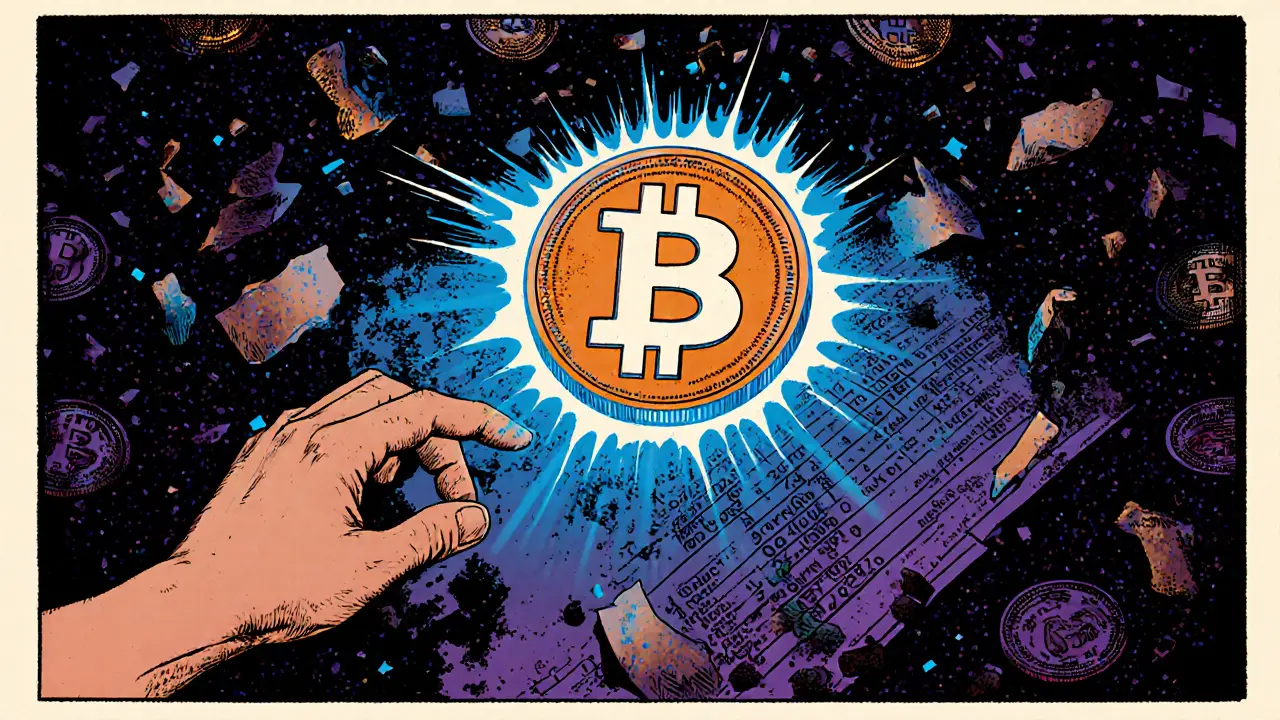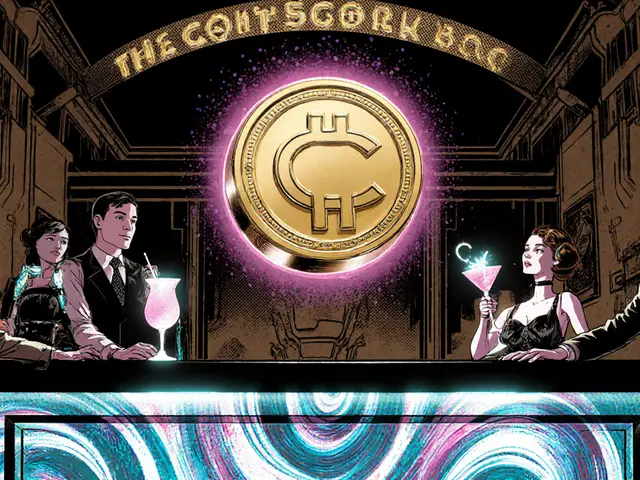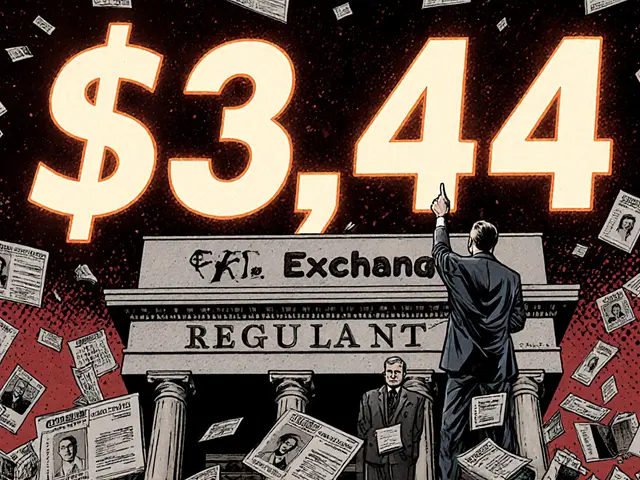Ethereum NFT: What They Are, How They Work, and What You Can Do With Them
When you hear Ethereum NFT, a unique digital asset stored on the Ethereum blockchain that proves ownership of something one-of-a-kind. Also known as ERC-721 tokens, it powers everything from digital art to virtual real estate in Web3. Unlike Bitcoin, which just moves money, Ethereum lets you create and trade things that can’t be copied—like a signed digital painting or a rare in-game sword. That’s the core of Ethereum NFTs: they turn digital files into verifiable property.
These tokens rely on Ethereum blockchain, a decentralized network that runs smart contracts and supports programmable digital assets. Without Ethereum’s smart contract system, NFTs wouldn’t exist. They’re built using standards like ERC-721 and ERC-1155, which tell the network how to track who owns what. That’s why most NFT marketplaces—like OpenSea or Blur—only work on Ethereum. Other chains have tried to copy it, but Ethereum still holds the biggest share of trading volume and creator activity.
People use Ethereum NFTs for more than just speculation. Some buy them as collectibles, like digital baseball cards. Others use them to prove they own a piece of a virtual world, like Decentraland or CryptoVoxels. Gamers trade NFTs as in-game items that carry value across different games. Even musicians and artists sell NFTs to connect directly with fans, keeping more of the profits. Behind every NFT is a smart contract that can include royalties—so creators earn every time their NFT resells.
But it’s not all smooth sailing. Many NFTs lose value fast. Some are outright scams. Others sit unused because no one wants them. The key is knowing what you’re buying—not just hoping it goes up. That’s why the posts below cover real cases: how to spot a legit NFT project, why some wallets work better than others for holding them, and how airdrops tied to Ethereum NFTs can give you free tokens if you’re active in the right communities.
You’ll also find breakdowns of NFT marketplaces, tips on avoiding fake listings, and how Ethereum upgrades like the Merge changed the way NFTs are created and traded. Whether you’re holding a Bored Ape or just curious about digital ownership, this collection gives you the facts—not the hype.






